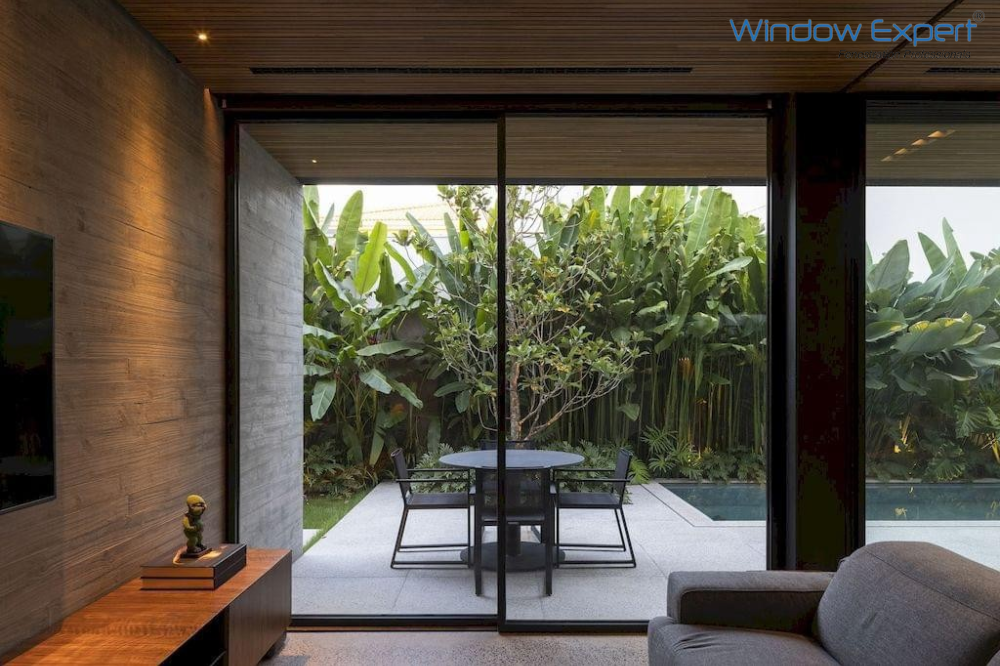
15 Feb 2024
Windows and Doors: Harnessing Energy for a Sustainable Home
In our quest for sustainable living and energy efficiency, we often overlook the significant role that windows and doors play in our homes. These seemingly ordinary features actually have the potential to contribute to energy creation and conservation. By understanding the principles behind energy-efficient windows and doors, we can harness their power to reduce our energy consumption, lower utility bills, and create a more sustainable living environment. Let's explore how windows and doors can make a positive impact on our homes' energy efficiency.
1. Natural Light and Passive Solar Heating:
Windows are gateways to natural light, and utilizing this abundant resource can significantly reduce the need for artificial lighting during the day. By maximizing the size and placement of windows, we can optimize daylighting and minimize the use of electricity. Additionally, windows can act as passive solar heaters, allowing sunlight to enter our homes and warm the interior during colder months. This reduces the reliance on heating systems, leading to energy savings and a smaller carbon footprint.
2. Energy-Efficient Window Design:
Energy-efficient windows employ advanced technologies to minimize heat transfer and maximize insulation. Double or triple glazing, low-emissivity (low-e) coatings, and gas fills between panes are some of the features that improve thermal performance. These windows can effectively reduce heat loss during winter and heat gain during summer, keeping our homes comfortable year-round while reducing the load on heating and cooling systems.
3. Insulation and Air Leakage Prevention:
Doors, particularly exterior ones, are crucial for maintaining insulation and preventing air leakage. Well-insulated doors create a barrier between indoor and outdoor environments, minimizing heat transfer and optimizing energy efficiency. Weatherstripping, threshold seals, and proper installation are essential for preventing drafts and reducing energy loss. Upgrading to energy-efficient doors can significantly contribute to a more comfortable and sustainable home.
4. Renewable Energy Integration:
Windows and doors can also serve as platforms for integrating renewable energy systems. For instance, solar panels can be mounted on rooftops or integrated into windows, harnessing the power of the sun to generate electricity. Additionally, transparent solar cells are being developed, which can be incorporated into windows, allowing them to generate electricity while still providing natural light. These innovations have the potential to turn our windows and doors into energy-generating components, further reducing our reliance on traditional power sources.
